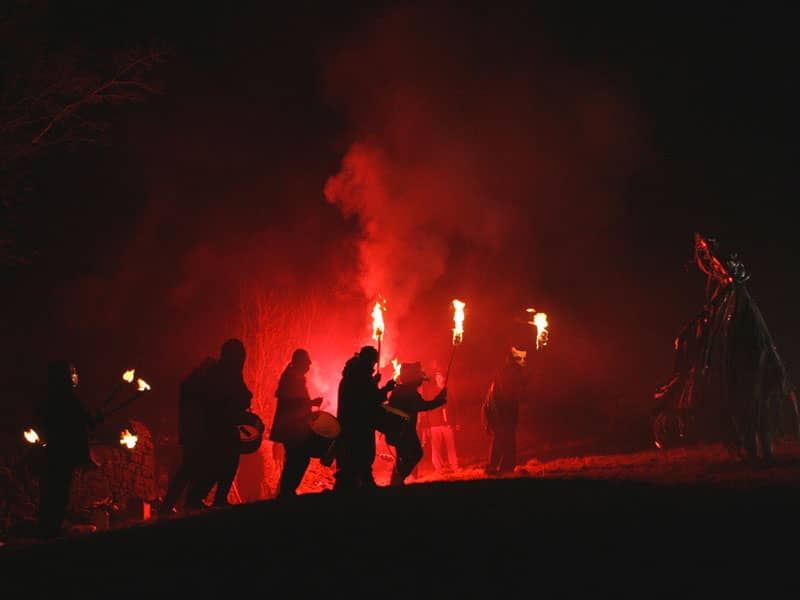August and September are usually the hottest times of the year here in Seattle, so I'm really looking forward to one of the coolest festivals of the year, the Mid Autumn Moon Festival, celebrated on the full moon closest to autumn equinox, the moon that we in the West call the Harvest Moon, because it falls at the time of the harvest when the brightness of the moon allows the harvesters to work in the fields late into the night.
In China, the mid-Autumn moon is the first full moon in the dark or feminine half of the year and so it is celebrated by women, getting together in courtyards to honor the moon. Li-chen quotes a Peking proverb: "Men do not bow to the moon. Women do not sacrifice to the God of the Kitchen."
So in China this holiday is celebrated by women who gather in the courtyards where they create altars to the Moon, decorated with images of the rabbit in the Moon, and offerings of incense and foods associated with the Moon like melons, grapes and moon cakes. When the Moon rises, just as the sun sets, the women bow to Her, light incense and recite poems in Her honor.
I've celebrated this holiday many times with women friends and it is a fine thing to sit outside under a full moon, sipping wine or tea, eating watermelon and singing songs in praise of the Moon (like "Neesa," a Native American moon song found in Kate Marks songbook).
This year I want to try Horchata, a popular drink in Central America which I learned about in the SageWoman cookbook. Sabrina Vourvoulias who contributed the recipe soaks 2 cups of white rice in enough water to cover it overnight. The next day she drains the rice, reserving the water, then puts 1/2 cup of the soaked rice in a blender with 1/2 cup of sugar, 1/4 tsp vanilla extract and one cardamom seed (split pod with the outer husk discarded). She pulses this mixture until the rice is finely ground, then adds the rice water and blends. She says it should be a milky, translucent white. Keep in the refrigerator and shake before serving. In Mexico this same beverage is made with melon seeds instead of rice, which would also be appropriate since the melon is a fruit associated with the moon.
If you want to have a celebration that includes men as well as women, the Mid-Autumn moon is often treated like a Harvest festival in other parts of Asia. An account from Hong Kong in the 1980's relates that families often take their young children to parks where they picnic under the moon on moon cakes and fruit, on a blanket surrounded by candles and small lanterns. In Japan, people gather at lakes or in special moon-viewing pavilions and eat "moon-viewing noodles": thick white udon in broth with an egg yolk floating on top.
For more information on this holiday, including a recipe for moon cakes, see the special articles you can access from the home page of my website: www.schooloftheseasons.com.

